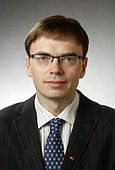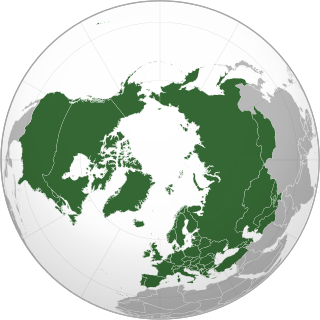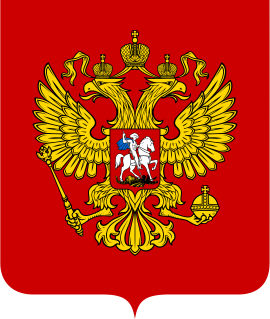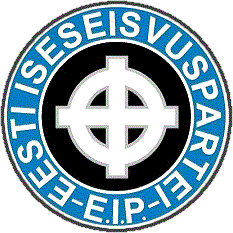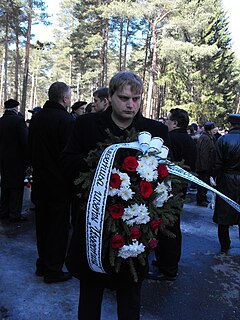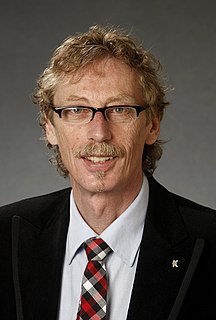| |||||||||||||||||||||||||||||||||||||||||||||||||||||
101 seats in the Riigikogu 51 seats were needed for a majority | |||||||||||||||||||||||||||||||||||||||||||||||||||||
| |||||||||||||||||||||||||||||||||||||||||||||||||||||
| |||||||||||||||||||||||||||||||||||||||||||||||||||||
 |
|---|
| This article is part of a series on the politics and government of Estonia |
|
A parliamentary election was held in Estonia on 6 March 2011, with e-voting between 24 February and 2 March 2011.

Estonia, officially the Republic of Estonia, is a country in Northern Europe. It is bordered to the north by the Gulf of Finland with Finland on the other side, to the west by the Baltic Sea with Sweden on the other side, to the south by Latvia (343 km), and to the east by Lake Peipus and Russia (338.6 km). The territory of Estonia consists of a mainland and 2,222 islands in the Baltic Sea, covering a total area of 45,227 km2 (17,462 sq mi), water 2,839 km2 (1,096 sq mi), land area 42,388 km2 (16,366 sq mi), and is influenced by a humid continental climate. The official language of the country, Estonian, is the second most spoken Finnic language.
The idea of having electronic voting in Estonia gained popularity in 2001 with the "e-minded" coalition government. Estonia became the first nation to hold legally binding general elections over the Internet with their pilot project for the municipal elections in 2005. The electronic voting system withstood the test of reality and was declared a success by Estonian election officials. The Estonian parliamentary election in 2007 also used internet voting, another world first.
Contents
- Seats by electoral district
- Opinion polling
- Results
- Report on Internet voting
- References
- External links
The 101 members of the Riigikogu (Parliament of Estonia) were elected using a form of proportional representation for a four-year term. The seats were allocated using a modified D'Hondt method. The country is divided into twelve multi-mandate electoral districts. There is a nationwide threshold of 5% for party lists, but if the number of votes cast for a candidate exceeds or equals the simple quota (which shall be obtained by dividing the number of valid votes cast in the electoral district by the number of mandates in the district) he or she is elected.
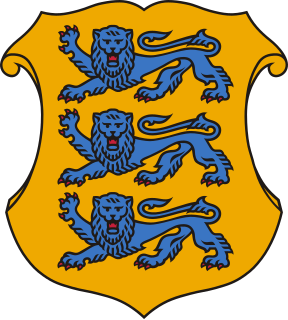
The Riigikogu is the unicameral parliament of Estonia. All important state-related questions pass through the Riigikogu. In addition to approving legislation, the Riigikogu appoints high officials, including the Prime Minister and Chief Justice of the Supreme Court, and elects the President. The Riigikogu also ratifies significant foreign treaties that impose military and proprietary obligations, bring about changes in law, etc.; approves the budget presented by the government as law and monitors the executive power.
Proportional representation (PR) characterizes electoral systems in which divisions in an electorate are reflected proportionately in the elected body. If n% of the electorate support a particular political party, then roughly n% of seats will be won by that party. The essence of such systems is that all votes contribute to the result - not just a plurality, or a bare majority. The most prevalent forms of proportional representation all require the use of multiple-member voting districts, as it is not possible to fill a single seat in a proportional manner. In fact, the implementations of PR that achieve the highest levels of proportionality tend to include districts with large numbers of seats.
The D'Hondt method or the Jefferson method is a highest averages method for allocating seats, and is thus a type of party-list proportional representation. The method described is named in the United States after Thomas Jefferson, who introduced the method for proportional allocation of seats in the United States House of Representatives in 1791, and in Europe after Belgian mathematician Victor D'Hondt, who described it in 1878 for proportional allocation of parliamentary seats to the parties. There are two forms: closed list and an open list.
Pre-election polls put the Reform Party, led by Prime Minister Andrus Ansip, ahead of its main rival, the opposition Centre Party. The former is right of centre, the latter is considered populist, slightly to the left on economic matters. Both parties are members of the European Liberal Democrat and Reform Party.

The Estonian Reform Party is a liberal political party in Estonia. The party is led by Kaja Kallas and has 34 members in the 101-member Riigikogu, making it the largest party in the legislature.

Andrus Ansip is an Estonian politician, the current European Commissioner for Digital Single Market and Vice President of the European Commission, in office since 2014. Previously, he was Prime Minister of Estonia from 2005 to 2014 and chairman of the liberal Estonian Reform Party from 2004 to 2014.

The Estonian Centre Party is a centrist, social-liberal, populist political party in Estonia. It is one of the two largest political parties in Estonia and currently has 26 seats in the Estonian Parliament. The Party is a member of the Alliance of Liberals and Democrats for Europe (ALDE).
The election was marked by the highest number of running independents (32) since 1992. Several independent candidates were members of the Estonian Patriotic Movement. [1]
The Estonian Patriotic Movement was a political pressure group in Estonia. The group was set up in the middle of 2006 to promote the removal of the monument to the Bronze Soldier of Tallinn from the heart of the Estonian capital, Tallinn. In February 2012, it claimed a membership of 268.



